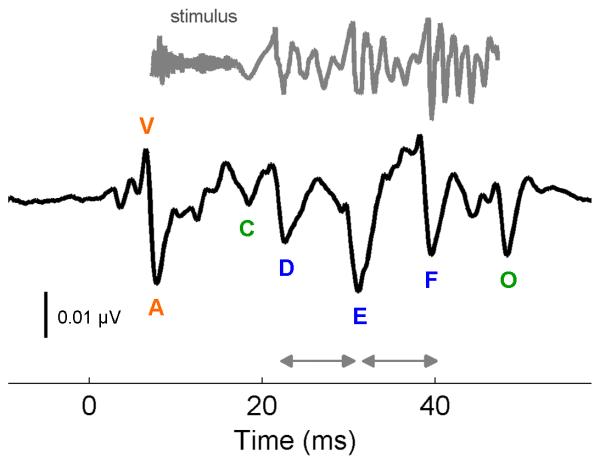Figure 1. Transient and sustained features in the cABR to /dɑ/.
Time-domain representation of a 40 ms stimulus /da/ (gray) and response (black). The cABR to /dɑ/ includes both transient and sustained response features. This stimulus evokes seven characteristic response peaks that we have termed V, A, C, D, E, F and O. As can be seen in this figure, these peaks relate to major acoustic landmarks in the stimulus. Peaks occur approximately 7 to 8 ms after the corresponding stimulus landmark, which is consistent with neural transmission time between the cochlea and rostral brainstem. In this figure, the stimulus waveform is shifted in time to account for this transmission time and maximize the visual coherence between the two signals. Along with V and A, C and O are considered transient responses in that they correspond to transient stimulus features, the beginning and end of voicing, respectively. The V-A complex, often together referred to as the onset response, is analogous to the click-evoked wave V-Vn complex. This sharp onset response arises from the broadband stop burst associated with /d/. The region between D and F forms the frequency-following response (FFR). Peaks D, E, F and the small voltage fluctuations between them correspond to sustained stimulus features, namely the fundamental frequency (F0) and harmonics within the consonant-vowel formant transition. The D-E-F inter-peak interval (~8-9 ms duration, arrows) occurs at the period of the F0 of the stimulus, which ramps from 103-125 Hz. We have developed a systematic approach for identifying these peaks and have established normative data for 3-4 year olds, 5-12 year olds and young adults (Johnson et al., 2008b; Dhar et al., 2009). Here, and in all figures showing a stimulus waveform, the stimulus plot is scaled to match the size of the response. Hence, the microvolt bar refers only to the response.

